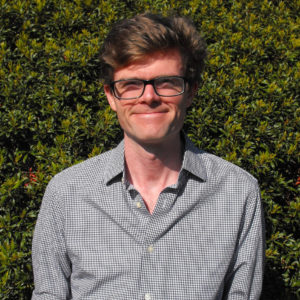Knowing where to start when writing a personal mission statement can be challenging. You may feel the task in front of you is hopelessly broad and open-ended.
But it doesn’t have to be. You can draft a strong personal mission statement if you base it closely on your specific life experience. The following steps will show you how:
Step 1: Think of a time in your life when you were happy
You don’t have to choose the most defining moment in your life. Just identify a prime example of a period when you felt a true sense of fulfillment.
Step 2: Brainstorm and jot down the specific actions you were engaged in at the time
These actions could be literal or figurative. For instance, maybe you were:
– Building
– Competing
– Creating
– Discovering
– Exploring
– Helping
– Hiking
– Learning
– Organizing
– Performing
– Playing
– Presenting
– Running
– Traveling
Step 3: Choose one to three actions that resonate with you right now and that you could see yourself committing to in the future
The ones you choose will likely be on the more figurative end of the spectrum. For example, say your happy memory is a trip to Venice. Your resulting actions list may include both “walking” (literal) and “exploring” (figurative), but the latter probably resonates with you more and therefore is a better basis for your mission statement.
Step 4: Now, allow yourself to zoom out a bit and think more broadly
Try to view your chosen memory as an example of some broader category of experience. What category would that be? You can write an excellent first draft of your mission statement by answering this question. Continuing the Venice example, what did the city represent to you while you were there? Culture? The Arts? Discovery? Your personal mission statement could be, “To explore new places and cultures, and enjoy the arts.”
Or say your happy memory is career related. Perhaps you’re in sales, and you highlighted landing a significant new account last year. What did that new account represent to you? A promising client relationship? A win-win business partnership? Your mission statement could say, “To build positive, long-term partnerships and client relationships.”
As one more example, say the memory you chose is hosting a baby shower for your best friend. What did the occasion represent to you? Perhaps your answer translates to a mission like, “To support my friends and put down roots in my community.”
The correct phrasing for your mission statement
Whatever first mission statement you develop, try to keep it brief. Almost always, the statement should be a simple verb phrase that starts with the word To. But feel free to have your statement encompass two or three related ideas, as in the above examples.
By deriving your mission statement from your specific experience, you can avoid something too generic, like “To live to the fullest” or “To make the world a better place.” Don’t pressure yourself to find a statement that strikes you as wholly original. A common misconception about personal mission statements is that they must somehow be distinct for each person as if they were a fingerprint. Personal mission statements are, by their nature, broad and all-encompassing, so it’s perfectly conceivable that multiple people would have similar words.
Your original mission statement should come from your experience and reflect your true values, and it relates to the real world. Everyone has unique skills, talents, friends, family, colleagues, and circumstances. So, any two people with the same mission statement can apply it differently and generate different positive outcomes.
Pursue and update your mission
Once you’ve chosen your personal mission, try to devise a clear-cut plan for how you’ll pursue it. For many people, a good next step is planning to invest time (say, just 20 minutes) each morning toward their mission, rather than rushing straight into the day’s demands and obligations.
Your personal mission statement is something you should put aside time for, but it’s not set in stone—plan on repeating this brainstorming process and making any necessary changes to your statement once a year. You can also repeat this process to tackle specific life areas or challenges, such as a move or job search.
How mission statements drive success
Regardless of how often or to what purpose you draft a new mission statement, it can help you know your priorities, set your schedule, and navigate each day’s twists and turns. When competing obligations or interruptions arise, you can weigh them against your core values and principles, not just the whims or seeming urgency of the moment. In this sense, your personal mission statement acts as a crucial filter, helping you preserve more of your time and attention for the kinds of specific, fulfilling life experiences that inspired your mission statement in the first place.
Craft your perfect resume in minutes
Get 2x more interviews with Resume Builder. Access Pro Plan features for a limited time!




